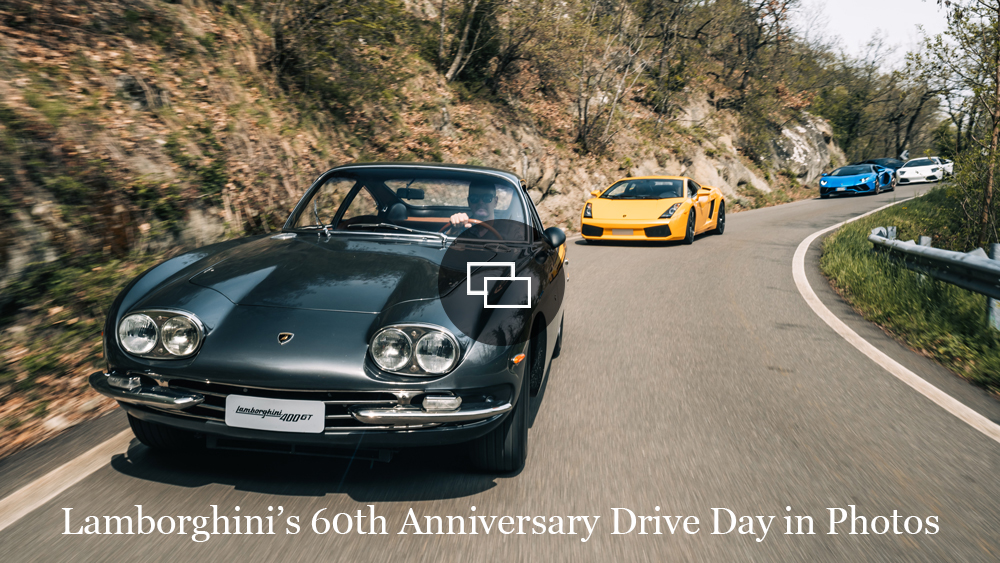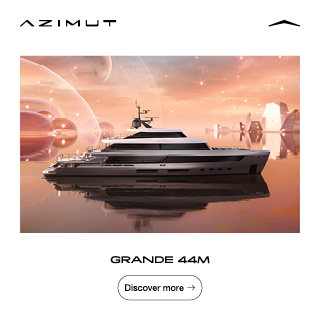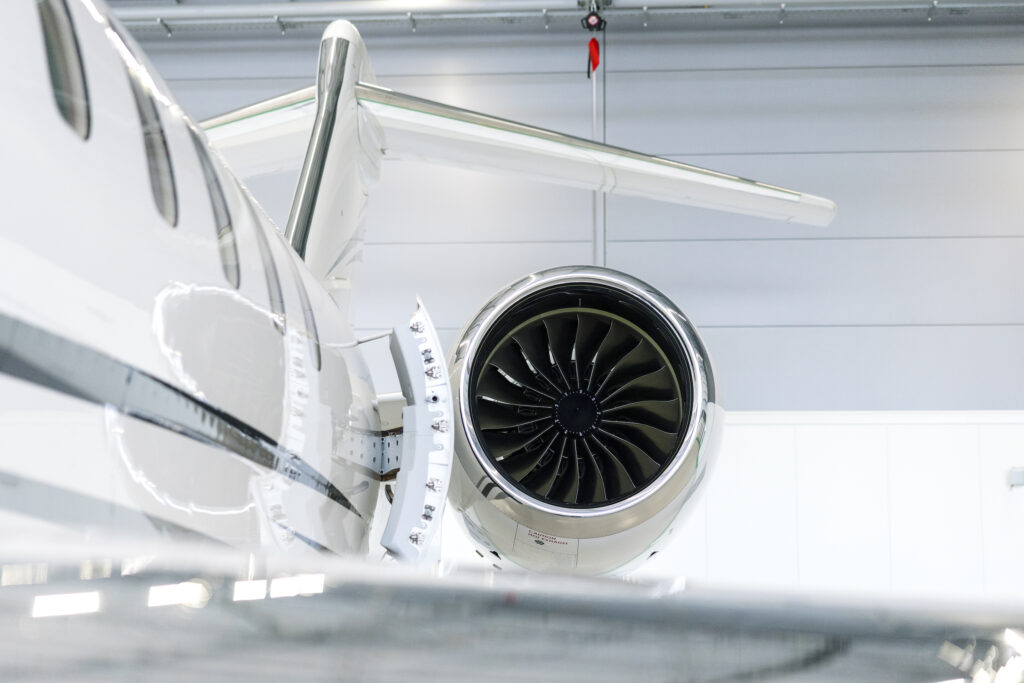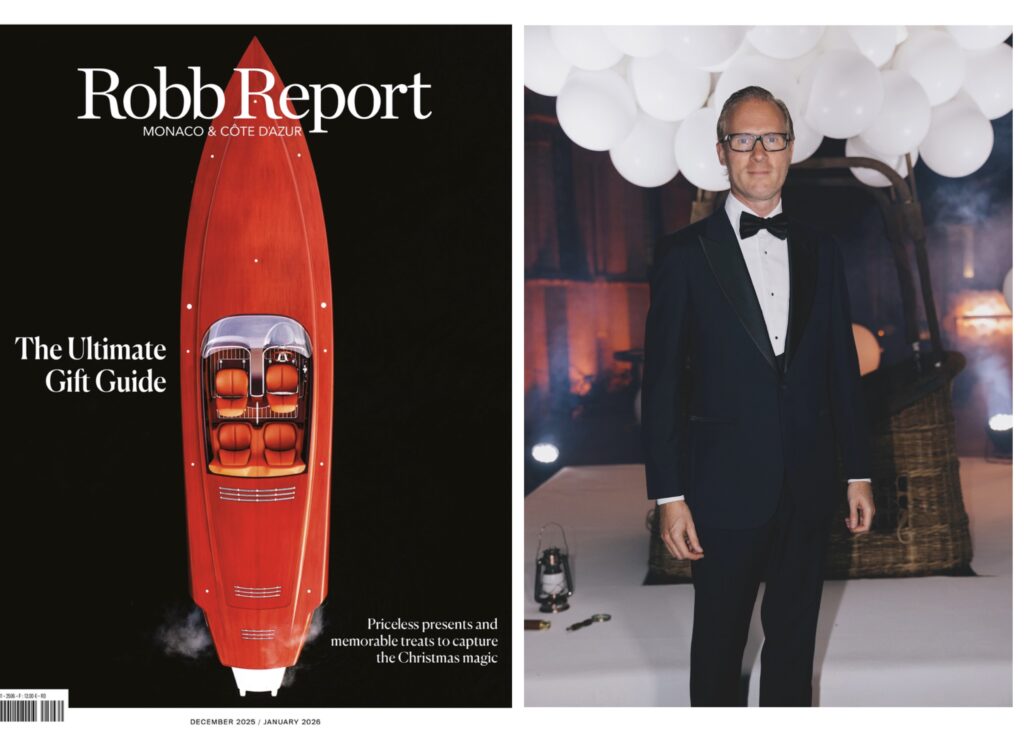
It’s a rainy and dreary morning in Bologna, the sun hiding somewhere behind the clouds, taking a leisurely approach to starting its day. This is Italy, and so you have to expect that some municipal functions will be a little tardy. But for me, there’s no time to wait for the skies to clear or the sun to finish its espresso. Lamborghini’s 60th anniversary only comes once. To celebrate, the marque has rolled out eight remarkable machines from its museum. All are idling just outside that historic building, some smoother than others, while I wait eagerly to hit the road.
This vehicular assemblage starts with a 1967 Lamborghini 400 GT, followed by a 1973 Miura SV, a 1990 Countach 25th Anniversary Edition, a 2001 Diablo 6.0 SE, a 2006 Murciélago Versace Edition, and a 2022 Aventador Ultimae. That pretty well covers the breadth of the Raging Bull’s V-12 efforts, but Sant’Agata Bolognese’s hugely successful V-10s are here as well, a 2003 Gallardo and a brand-new Huracán Tecnica, plus a small squadron of Urus Performante SUVs for support. Interestingly, at the end of the day, it wasn’t the rarest of the cars that proved most rewarding to drive, nor was it the most valuable. Likewise, some of the more (relatively) attainable models provided the biggest surprises.

My day progresses chronologically, starting in the 400 GT. As the name implies, this is a proper gran turismo, a touring car unlike any of the other seven. While the more modern Lamborghinis do a good job of keeping you comfortable over big miles, none have the relaxed feel of this delightful GT. Sitting down in this cabin feels very much like settling down into an Eames Lounge Chair—minus the headrest.
The 400 GT presents an interior that’s simple compared to its successors, but the aesthetic inside bears a stunning attention to detail, both utilitarian as an ashtray and beautifully etched like a cigarette case. The wood-rimmed steering wheel is wide, matching the wooden shift knob, and everything feels sublime to push, pull, or switch. Though bearing largely the same V-12 as the Miura SV to come, the 400 GT has a much more relaxed character. The engine sounds lovely at any speed, but really only comes alive as you’re pushing towards its 6,500 rpm redline and beyond.

The Miura SV, on the other hand, is raucous at any rev, delivering 65 more hp from the same displacement as the GT. The fixed-back seats force you into a supine position, legs splayed to accommodate the leather-wrapped steering wheel. The shifter is wrapped to match, now featuring a gratifying metal shift gate instead of the 400 GT’s floppy shift boot. Moving that V-12 from fore to aft brings it much closer to your body, the entire car shaking and moving with every press on the stubby throttle, which feels oddly tucked up under the dashboard.
On the go, the Miura is intimidating, dancing and hopping over the broken Italian roads. It isn’t nervous as such, but I confess to being a bit nervous myself. I’m in the very last Miura ever produced, after all, in its ultimate SV form, which carries more power and less weight than earlier examples. Its value lies somewhere north of $2.5 million, according to Lamborghini historian Massimo Delbo, making it the most precious here.

The Countach offers much the same raw vibes, but with a radically different design. Where the Miura has a simple, low dashboard showcasing a giant speedometer on the left, matching tachometer on the right, and ancillary gauges standing proud off to the side, the Countach jams everything into a traditional cluster behind the wheel. Here, everything is at right angles, including the central HVAC vents, which are made of such brittle plastic that I fear they’ll crumble when I try to adjust them. Even the phallic shifter feels odd and cheap, diminishing the significance of this car to some degree.
But it is extremely significant. This example is a 25th Anniversary Edition, and literally the last Countach ever produced, built on July 4, 1990. Most purists will say that earlier examples of the model are far more beautiful, and they’re right, but any child of the ’80s will feel their heart flutter at the sight of the pronounced air intakes and side sills, flourishes added by a young Horacio Pagani.

The Countach seems to have had the same choreographer as the Miura, moving in a similar fashion but with even fancier footwork. The clutch, brake, and throttle are impossibly close together. That the brake is the softest of the three doesn’t help. Despite the tight confines down there, the Countach really rewards double-clutching and rev-matching, anything to help the reluctant shifter. When done perfectly, though, quick shifts happen with a supremely satisfying machined feel.
Then there’s the Diablo, which requires far less finesse. The shifter, now a massive chrome orb sitting atop a gated metal plate, still demands a firm grip, but the synchros here are happy to help if your toe-heel isn’t quite up to par. And even that is easier thanks to a reasonable pedal placement and a cockpit that’s more comfortable and roomy overall—relative to its predecessors, anyway. There’s a lot of carbon fiber on display, splayed over the transmission tunnel, the gauge cluster, and even the steering wheel, but it has held up well for a car that’s 22 years old. Only an unattractive Alpine CD unit, stuck in the center of the dash, cheapens the place. The Diablo is delightful on the go, the V-12 offering good torque and throttle response across its 9,000 rpm tachometer. It all sounds amazing of course, but here is a Lamborghini that finally has the brakes, steering, and poise to match the sound and the power.

It’s much the same story for the Murciélago, but here we see the introduction of something less wonderful: an automated manual gearbox. Despite having more total output and better handling, the rough shifting of that transmission is virtually a deal-breaker. From a design perspective, though, the Murciélago is a huge step forward from the Diablo. That angular, smooth shape still looks modern, while the interior starts to show the refinement of modern Lamborghinis.
This specific example, though, has some extra flourishes. It is one of the 20 produced in partnership with Versace, a rarified mash-up of Italian icons decades before the brand-collaboration craze became a thing. The partnership doesn’t extend much beyond a repeating geometric pattern that’s found in chrome vinyl on the outside, as well as embroidered on the seats, armrest, and door cards inside. More significant is the silver placard mounted to the firewall stating, “Gianni Versace Couture,” plus the serial No., which is 0001.

It’s a decided step down in the rarity game from here as I move over to the Gallardo, Lamborghini’s first attempt at a more attainable V-10. I confess, the Gallardo’s styling didn’t do much for me 20 years ago but I’ve warmed up to it since, and although the interior lacks the Versace touch, it does carry much the same overall feel of the Murciélago. And the sound? The 5.0-liter V-10 in the back of the Gallardo is wonderful at full song, screaming through a roadway tunnel with just as much intensity as Lamborghini’s bigger toys. Sure, it’s down a few cylinders, and the doors open in a conventional manner, but the Gallardo feels intimate and surprisingly special. Yet not as special as the Aventador Ultimae.

This very Aventador marks the end of the road for Lamborghini’s unassisted V-12s, and does so with 769 hp going to all four wheels. And while it’s the direct successor to the Murciélago, the Aventador feels like a different machine, with wickedly sharp steering and next-generation composure. That’s surely helped by modern rubber, a rear-steering system, and all the advanced driver assists that just give you a bit more confidence to put the throttle to the floor because you know the car will help ensure everything comes out okay. Lamborghini made just 600 examples of the Ultimae, 350 coupes and 250 roadsters. While a few famously got lost on their way to port, this would ultimately be the last.

However, it wouldn’t be my last car of the day. That would be the Huracán Tecnica. The Huracán model line has been on the market for nine years now, and it has gone through a number of refinements, this being among the last and the raciest. While the sun did eventually come out to shine in the middle of the day, by the time I took the key and tucked myself into the driver’s seat of Lamborghini’s latest V-10, the sky had darkened again. After 10 hours of crisscrossing Italy in some of its most famous icons, all that remained was a 45-minute drive through small towns back to Lamborghini’s headquarters. No time for histrionics here, then, just a relatively docile cruise through traffic back home.
Of all the cars driven throughout the day, it was this one that felt most refined. The Huracán Tecnica really is remarkable in its ability to be calm and comfortable for daily use—and that’s despite the roll bar installed in this one. But, in those few moments where I did have to open it up, the car was just as rowdy and alive as you’d want it to be.

At day’s end, I parked just outside Lamborghini’s historic factory, where its first V-12s were built 60 years ago. The team is still making V-12-powered models within those walls, cars now ushered from station to station on automated, robotic carts, machines still assembled by hand but of advanced composite materials, still driven by internal-combustion engines but now assisted by electric motors. The result is the recently debuted Revuelto, another Italian rocket ship. On paper, the hybrid supercar seems vastly different than all those icons that came before, but, if early looks and sounds are any indication, it might not be so different at all.
Ready to start summer in high gear? There’s still time to join Robb Report’s 2023 California Coastal Rally, June 4 through 8. For more information, or to register, visit here.
Click here for more photos of Lamborghini’s 60th Anniversary Drive Day.








